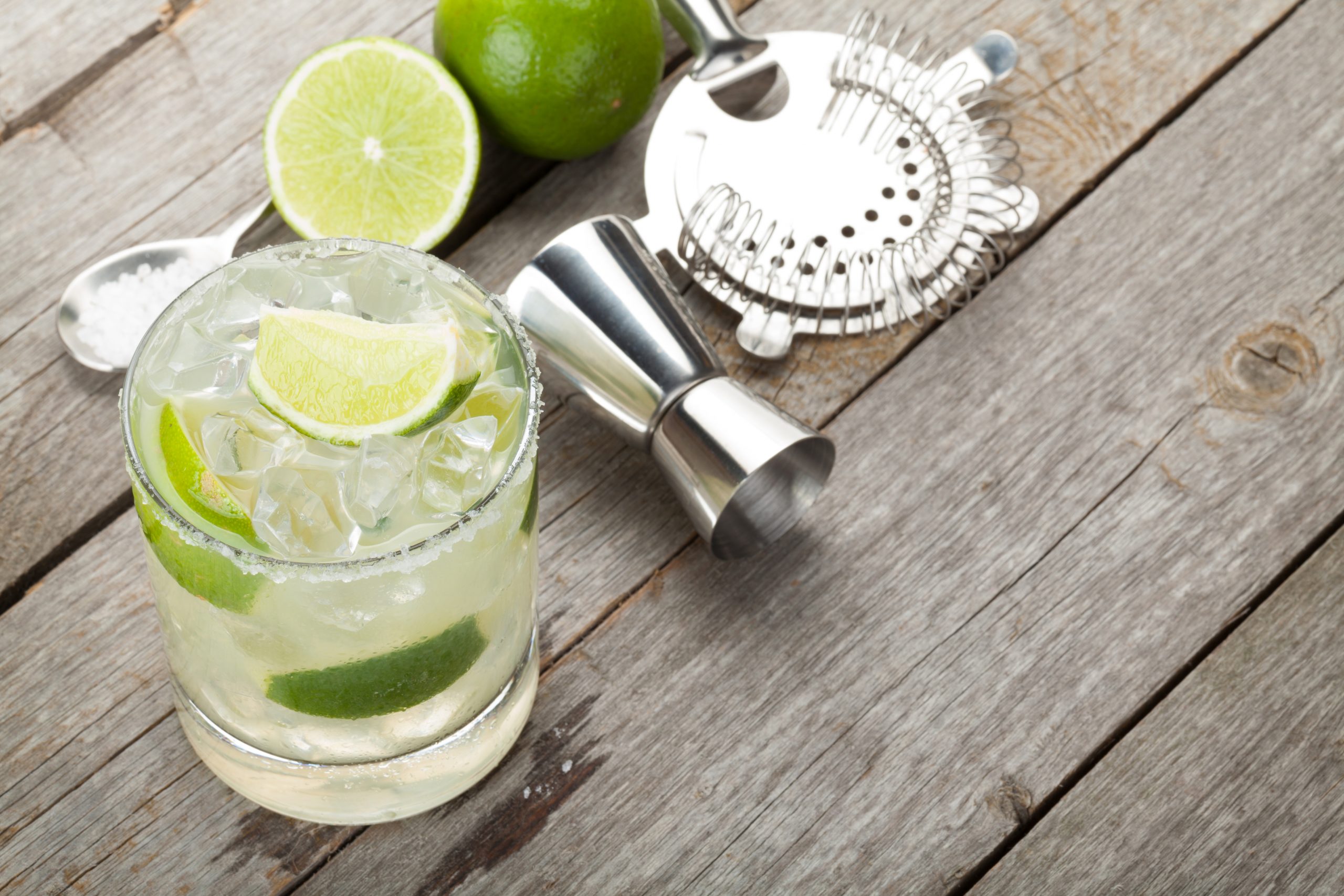


It’s one of the first things customers see when they visit your website or when they’re seated at your establishment. Not only can it help you create a positive customer experience, but it can also help you maximize your profitability. When it comes to designing a drink menu, there’s a lot to consider. Whether you’re starting from scratch or revamping your current offerings, here are 11 tips for a creating a successful drink menu.
Start Your Free Trial With Bevspot Today
Your drink menu should cater to your customers. Are they financial analysts who visit for after-work drinks? College students coming in to sling beers on a Thursday? Lawyers stopping in for their lunch break? It’s important to think about both the drinking occasion and who is doing the drinking.
Before you start, look at the hard data. Run a product mix report from your POS to determine what products sell and which categories deserve more attention. If you discover that 50% of your sales are in spirits, you can probably achieve a lower pour cost in your spirit program, compared to your beer and wine programs. And because your cocktail program is proven to be the most popular category, consider offering a more extensive selection with higher price points. You could also strategically place your best cocktails in menu sweet spots (see number 10).
For most establishments, it’s best to offer a separate beer, wine, and cocktail menu. Having a separate drink menu is more practical and does a better job of showcasing your options than an oversized, crowded menu does. Giant menus are difficult to maneuver, causing customers to accidentally knock over their drinks or have trouble fitting them on the table. Plus, putting too much text on one menu can easily overwhelm your customers and make it difficult for them to choose a drink.
When you choose drinks for your menu, think about how many options you want to include. You don’t want to overwhelm customers with too many options, but you also don’t want to limit their choices. Although there’s no established number of drinks to include, it’s generally good to have at least eight to twelve different wine, beer, and cocktail options. Keep in mind, this number can vary depending on a number of factors, such as which alcohol category bars choose to focus on.
If you’re a craft beer establishment like Yard House, it makes sense to offer over 100 beer options. Many customers visit this establishment specifically for their huge selection of beer. Similarly, people expect wine bars like Vinted to have a good number of wine offerings and cocktail bars like Dead Rabbit to have a more extensive cocktail list. It is important to build and successfully control your bar inventory, BevSpot is the perfect way to get started.
Be sure to add new offerings and cocktail specials and remove products you no longer carry. If you stock a new local beer but don’t include it on your menu, it’s going to collect dust on your shelves. Also, if you forget to remove menu items you’re out of, your customers will be frustrated when they take the time to choose a wine, only to find out that it’s no longer available.
Also consider seasonality. If you own an establishment in a location that experiences the seasons, think twice before offering spiked hot chocolate in July or frozen margaritas in January. As the seasons change, so should some of your drink menu offerings.
Why is it that food items get vivid and embellished descriptions like “slow-roasted,” “succulent,” and “crispy,” but drink listings sometimes don’t even include their ingredients? To help customers make a decision and to upsell certain drinks, include a short but effective description for each item.
Be sure to list each cocktail’s ingredients. Keep in mind, the order of ingredients on a menu can subtly express quantity. When listing drink ingredients, unless there is an eclectic component you want to highlight, list the main spirit first, followed by other spirits or liqueurs. Finally, be sure to mention ingredients with smaller quantities, such as bitters or syrup, toward the end.
If you want to go the extra mile, describe the drink’s flavor, composition, and/or history. To effectively market your drinks, use words that sell, such as “fresh,” “floral,” “savory,” “hand-crafted,” “small-batch,” and “smooth”. But remember, although detailed descriptions can be helpful, over-the-top, lengthy descriptions can appear pretentious and may annoy your customers. It’s important to find a balance between the two.
Cocktail names shouldn’t be an afterthought. According to Scott Baird and Josh Harris, cocktail consultants and partners in The Bon Vivants, “The name accounts for more than half of the reason for selecting a particular cocktail.” Although there is no golden rule for selecting a profitable name, get creative! Think of quotes, puns, literary references, local folklore, seasonal descriptors, etc. Whatever you do, take time to think about it.
First of all, make sure to include the price of your drinks on your menu. According to Mark Vidano, Vice President of Operations at MarkeTeam Inc., a beverage promotions development firm, people are intimidated to order more than one cocktail when the price isn’t listed on the menu.
When it comes to formatting, he says that pricing beers from most expensive to least expensive will usually lead to a more profitable purchase, and different types of wine should differ by at least one dollar to help customers see a distinction.
Another helpful hint—don’t include the dollar sign with the price. Research by Gregg Rapp, owner of Menu Technologies, shows that dollar signs encourage people to focus on the price, often leading them to choose the cheapest option. Instead, just include numbers with decimals. If you want to capitalize on the psychology of numbers, end your prices in .95 instead of .00. According to, Rapp, prices ending in .00 seem “stuffy,” while prices ending in .95 seem “friendlier.”
When you place your prices, it’s also smart to avoid using dotted lines leading from the item to its price. Lines cause the customer to read down and to the right to see what a lower price will get them. Instead, use the nestled pricing solution, where price is carefully positioned after the drink description in the same size font, so customers’ eyes pass over it.
Although it’s not a bad idea to appeal to the health conscious, listing every drink’s calories can put a damper on a fun, social activity. According to Next Level Marketing, 58% of consumers don’t want to see calories listed next to their cocktails, especially females. Instead, omit calorie counts and simply include a section of lower calorie options.
Since there’s been a rise in local distilleries and breweries across the U.S., it’s a good idea to mention a product’s origin, especially if it’s produced near you. People like to support local businesses, and they may be willing to pay more for handcrafted spirits, beers, and wines.
Also, certain drink items, such as wines, are more valued if they come from certain regions. For example, in a study done by Brian Wansink, Colin Payne, and Jill North, two different groups were presented with the same red wine. However, one group was told the wine was from North Dakota and the other group was told the wine was from California. Even though they were both given a “two-buck chuck,” those who believed the wine was from California rated it more highly.
List the location of a wine, beer, or spirit to add value. You might find people are willing to pay more if they know a wine is from California or a beer is from Germany.
Customers tend to look at the top right-hand corner of the menu first. After this spot, peoples’ eyes go to the first and last few items on the menu. To push your most profitable drink items, be sure to strategically place them in these areas to attract the eyes of your customers. The more attention you draw to them, the more likely they are to sell.
To make high-profit items more noticeable, create space around them by placing them in a box or separating them from the other menu options. By putting negative space around an item, you can call more attention to it, making it easier to sell. For a similar effect, you can also make use of large text, graphics, or illustrations.
Be strategic about what menu items you emphasize. The more often you do it, the less impact it will have. Choose only a few drinks per category to ensure the method remains effective.
Once you have figured out your drink menu you can also use BevSpot to help you with your food inventory management.
Schedule 15mins to chat with a product specialist
